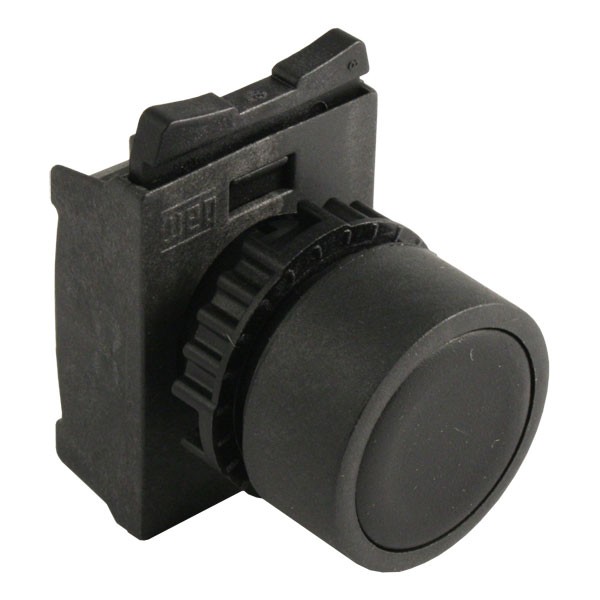Introduction to motors cont.:
An object in motion travels a distance in a given time. Speed is the ratio of the distance traveled and the time it takes to travel the distance.
The linear speed of an object is a measure of how long it takes the object to get from point A to point B. Linear speed is usually given in a form such as meters per second (m/s).
The angular speed of a rotating object is a measurement of how long it takes a given point on the object to make one complete revolution from its starting point. Angular speed is generally given in revolutions per minute (RPM).
An object can change speed. An increase in speed is called acceleration. Acceleration occurs only when there is a change in the force acting upon the object. An object can also change from a higher to a lower speed. This is known as deceleration (negative acceleration).
Mechanical systems are subject to the law of inertia. The law of inertia states that an object will tend to remain in its current state of rest or motion unless acted upon by an external force. This property of resistance to acceleration/deceleration is referred to as the moment of inertia. The English system of measurement is pound-feet squared (lb-ft2).
If we look at a continuous roll of paper, for example, we know that when the roll is stopped it would take a certain amount of force to overcome the inertia of the roll to get it rolling. The force required to overcome this inertia can come from a source of energy such as a motor. Once rolling, the paper will continue unwinding until another force acts on it to bring it to a stop.
An object in motion travels a distance in a given time. Speed is the ratio of the distance traveled and the time it takes to travel the distance.
The linear speed of an object is a measure of how long it takes the object to get from point A to point B. Linear speed is usually given in a form such as meters per second (m/s).
The angular speed of a rotating object is a measurement of how long it takes a given point on the object to make one complete revolution from its starting point. Angular speed is generally given in revolutions per minute (RPM).
An object can change speed. An increase in speed is called acceleration. Acceleration occurs only when there is a change in the force acting upon the object. An object can also change from a higher to a lower speed. This is known as deceleration (negative acceleration).
Mechanical systems are subject to the law of inertia. The law of inertia states that an object will tend to remain in its current state of rest or motion unless acted upon by an external force. This property of resistance to acceleration/deceleration is referred to as the moment of inertia. The English system of measurement is pound-feet squared (lb-ft2).
If we look at a continuous roll of paper, for example, we know that when the roll is stopped it would take a certain amount of force to overcome the inertia of the roll to get it rolling. The force required to overcome this inertia can come from a source of energy such as a motor. Once rolling, the paper will continue unwinding until another force acts on it to bring it to a stop.

